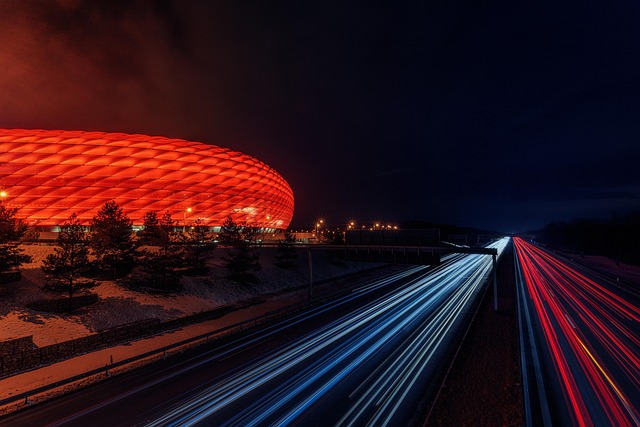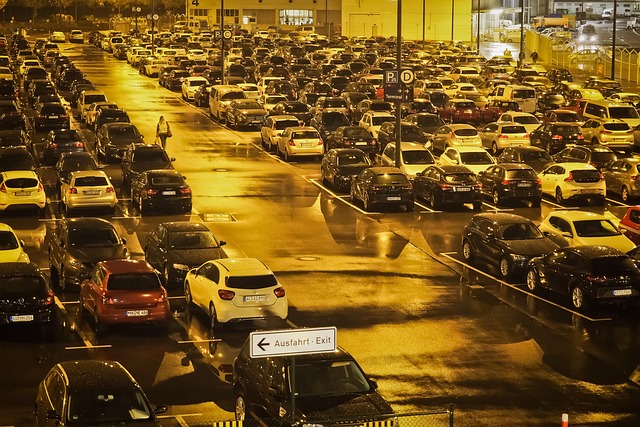Real estate plays a crucial role in building strong communities by facilitating connections through local markets and amenities like community centers and parks. Diverse landscapes encourage mixed backgrounds, enriching social fabric. Developers integrating these features enhance neighborhood livability, fostering collaboration, belonging, and stability—essential for healthy, thriving communities where residents support each other. Secure living environments lead to deeper community ties, collective sense of belonging, and social cohesion, resulting in vibrant, resilient communities. Strategic real estate choices create opportunities for shared experiences and supportive networks, enhancing overall well-being and safety.
“Deepen your roots and strengthen community ties with stable, well-chosen living environments. In today’s fast-paced world, secure housing is more than just a roof over your head—it’s the foundation for thriving neighborhoods. This article explores how real estate, strategically selected, can foster strong community bonds. From building inclusive spaces to promoting social cohesion, discover the profound impact of stable living on our connections and collective well-being. Learn about effective property choices that enhance our social fabric.”
Real Estate: Building Blocks of Community Engagement

Real estate plays a pivotal role in fostering deeper community ties and stable living. When individuals or families move into a new neighborhood, their first point of contact is often the local real estate market. This initial interaction sets the stage for future engagement with the community. A well-planned and diverse real estate landscape encourages a mix of residents from various backgrounds, contributing to a vibrant social fabric.
Community centers, parks, and mixed-use developments within residential areas further strengthen these ties. Real estate developers who incorporate these amenities not only enhance the livability of a neighborhood but also create opportunities for residents to connect, collaborate, and build lasting relationships. This sense of belonging and stability is crucial for fostering a healthy community where individuals support one another, creating a sustainable and thriving environment.
Stable Living Environments Foster Strong Ties

Stable living environments play a pivotal role in fostering strong community ties. When individuals and families have secure and comfortable homes, they are more likely to invest time and energy into their surrounding communities. This sense of stability encourages residents to participate in local events, volunteer for neighborhood initiatives, and build meaningful relationships with neighbors. Real estate that offers stable living conditions, such as safe neighborhoods, quality schools, and access to essential services, becomes the foundation for vibrant community interactions.
In these environments, people feel a deeper connection to their surroundings, fostering a collective sense of belonging. Stable housing allows residents to establish roots, creating opportunities for organic community building through shared experiences and mutual support. This, in turn, strengthens social cohesion, leading to more cohesive and resilient communities that thrive on the connections formed within their boundaries.
Enhancing Social Fabric Through Smart Property Choices

Building stronger communities starts with thoughtful real estate choices. When individuals and families select properties that foster a sense of belonging, they contribute to a deeper social fabric. This could mean choosing housing located in walkable neighborhoods with community centers, parks, or shared green spaces, where residents are more likely to interact and connect.
Such smart property decisions can encourage social interactions, create opportunities for shared experiences, and build a supportive network within the community. This, in turn, leads to enhanced well-being, increased safety, and a stronger sense of stability for all residents, making these areas attractive places to live and thrive.






